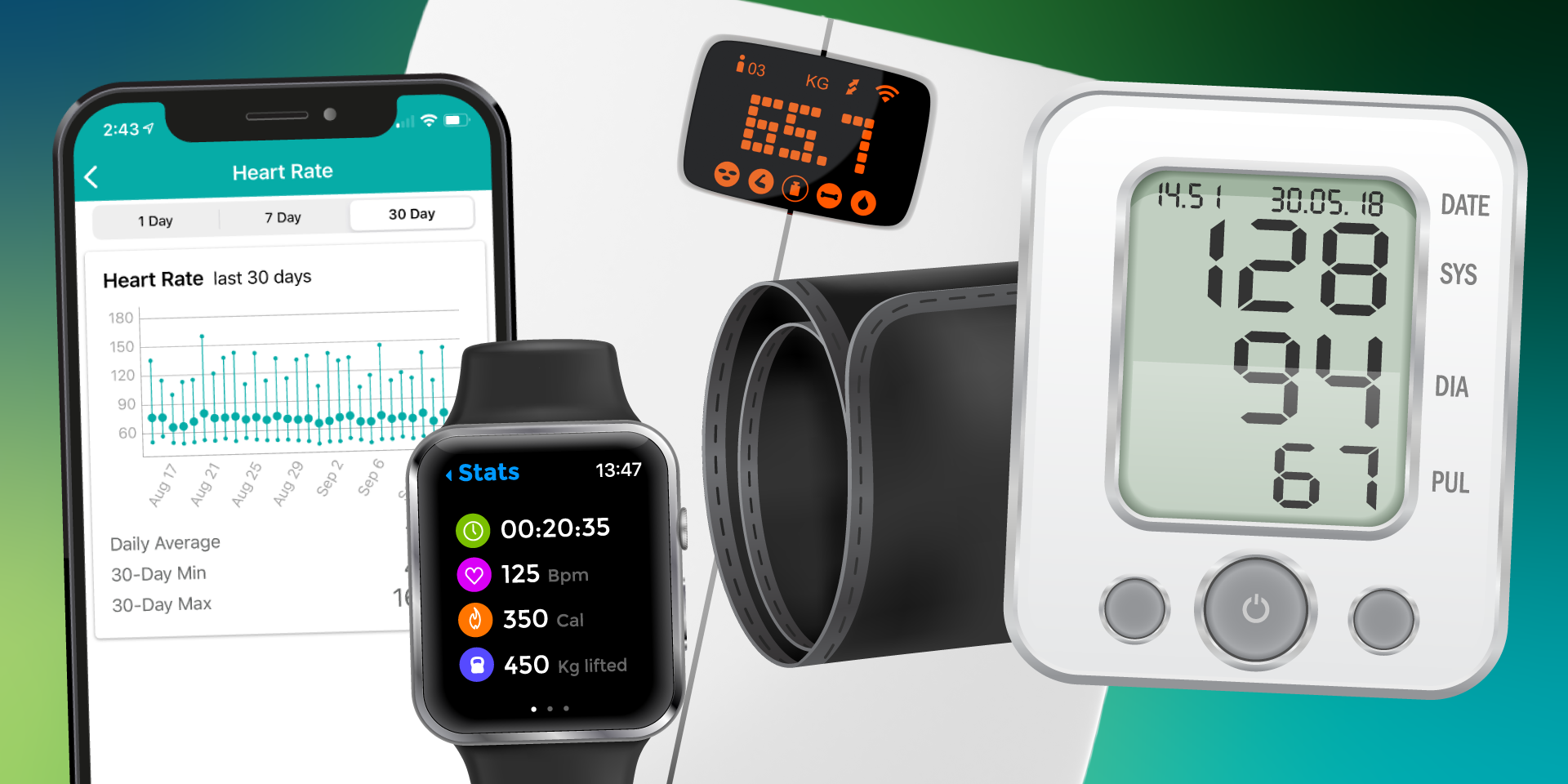
Traditional healthcare research has relied on site-based data collection, where patients visit research sites for assessments and measurements. However, this approach has limitations, excluding remote patients, limiting data frequency, and burdening caregivers. Decentralized and hybrid research studies offer an alternative, leveraging digital surveys (eCOA and ePRO) and biometric devices for remote data collection. These studies are becoming increasingly common and have gained acceptance from regulatory bodies.
With the expanding market of biometric devices, selecting the right tools for research studies can be challenging. In this article, we provide guidance to healthcare researchers on selecting biometric devices, considering factors such as cost, provisioning process, battery life, user experience, device family, accuracy, and reliability. These steps will enable researchers to make informed decisions and maximize the potential of their studies.
Step 1: Determine the data types and data capture frequency needed for your study.
Before delving into the world of biometric devices, decide on the data types and capture frequency required for your research study. Consider both primary and secondary measures that are relevant to your study objectives. Determine how frequently data should be captured, both for passive measures (automatically collected) and active measures (collected through participant interaction).
Step 2: Consider the dynamics of your participant demographic.
Consider the preferences and nuances of your target audience before digging into device research and comparison. Key factors to consider include your audience’s tech-savviness, potential reliance on caregivers, openness to remote monitoring technology, and existing ownership of personal smartphones and biometric devices. This knowledge will help you determine if remote data collection is a fit for your study and inform your device selection and provisioning strategy.
Step 3: Research & compare relevant biometric devices.
Thoroughly research and compare available biometric devices based on the following key factors:
Cost:
Assess the cost of different devices and identify options that fit within your budget. Cost efficiency is important but must be balanced with other components such as battery life, user experience, reliability, and compatibility to optimize for participant adherence.
Accuracy & Reliability:
Understand reliability and accuracy when selecting biometric devices for research studies to ensure it meets the standards of your primary and secondary measures. Seek published research documenting the device’s accuracy and reliability, and choose devices with a history of successful use in research settings.
Battery life:
Longer battery life places less burden on participants by reducing charging requirements. Unfortunately, devices that deliver higher-quality experiences and capture data more frequently often do so at the expense of battery life. Start with devices that fit your usability and data criteria, then weigh in battery life.
User experience:
A positive user experience is vital for participant adherence. Choose devices that are easy to set up and configure, require minimal maintenance and software updates, and are comfortable and enjoyable to use day-to-day.
Device family:
Consider committing to a specific device family, such as Withings or Fitbit, to benefit from easier data integration, compatibility, and user familiarity. If your study requires participants to use multiple devices, committing to an ecosystem simplifies setup and management.
Step 4: Determine the appropriate setup & provisioning process.
Evaluate whether a bring-your-own-device (BYOD) or research-provisioned device approach is more suitable. BYOD may be ideal for studies involving secondary measures, for instance, those that leverage participants’ existing smartwatches. Research-provisioned devices offer more control over the setup and user experience, ensuring standardized data collection. This approach is more common though it requires a larger upfront investment in technology and significant effort to centrally set up and distribute a large number of devices.
Step 5: Make a plan for monitoring and data collection.
There are many ways to approach data collection, but they generally fall into two broad categories–manual and automated. Manual data collection involves participants storing data locally or in individual cloud accounts, requiring manual retrieval and aggregation. This method generally does not accommodate for monitoring throughout a study. An automated approach involves integrating data with a clinical trials platform like Pattern Health, enabling real-time access to participant data for monitoring purposes, and facilitating data normalization for analysis. Data integrated into a clinical trials platform can be extracted at any time for analysis with just a few clicks.
Pattern Health has extensive experience supporting hybrid and decentralized clinical trials that leverage biometric devices for remote monitoring. We would be happy to discuss your study and provide device recommendations tailored to your needs. Contact us to start a conversation.